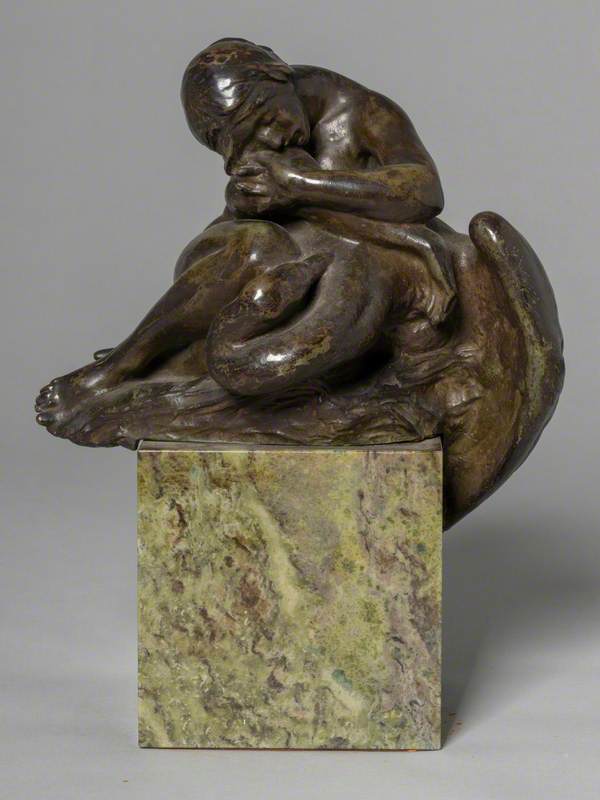
Text source: 'Artists in Britain Since 1945' by David Buckman (Art Dictionaries Ltd, part of Sansom & Company)
1873–1957

Text source: 'Artists in Britain Since 1945' by David Buckman (Art Dictionaries Ltd, part of Sansom & Company)
Stanley Nicholson Babb was born in Plymouth, Devon, England on 21 January 1874 and studied at Plymouth College of Art, the Royal College of Art in London in 1897-98, and from 1898 to 1901 at the Royal Academy Schools in London, where he won a Landseer Scholarship in 1900 a gold medal and a travelling scholarship. He subsequently worked primarily as a sculptor. He was also a painter.
Babb exhibited frequently at the Royal Academy in London from 1898 to 1945. He also exhibited at the Royal Institute of Painters in Water Colours, Royal Miniature Society, and the Royal Institute of Oil Painters in London; Walker Art Gallery in Liverpool; Royal Glasgow Institute of the Fine Arts; Royal West of England Academy in Bristol; and at the Royal Scottish Academy in Edinburgh.
Notable among his commissions were the Boer War Memorial in Grahamstown, South Africa; a memorial to Captain Scott and the 1912 Antarctic expedition in St. Paul’s Cathedral, London; statues of George Romney and Thomas Gainsborough for the façade of in Victoria & Albert Museum, London; a lampstand near Horse Guards Parade in London; and World War One war memorials for Tunbridge wells, Kent and Bridlington, Yorkshire.
Babb was elected a member of the London Society of Medallists in 1901; a member of the Royal Society of British Sculptors in 1905; a member of the Art Workers Guild in 1919; an Associate of the Royal Society of Miniature Painters (ARMS) in 1930; and a full member of the Society (RMS) in 1932.
His address was given as Stamford Bridge Studios, Fulham Road, London, 1898-1901, and 7 The Studios, Brecknock Road, London 1902-1945. He died on 16 September 1957. His address at the time of his death was 139 Milton Street, Brixham, Devon.
Text source: Art History Research net (AHR net)